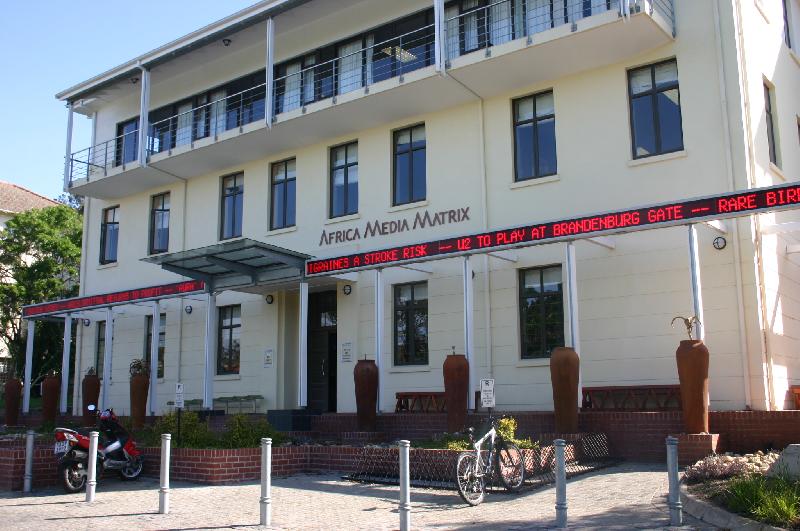
Iindaba ziyafika! The news is coming! The Rhodes School of Journalism, often at the cutting edge of new media developments, is once again involved in a groundbreaking project. This time, the aim is to use new mobile technology such as cell phones, to “democratise” the news and information that is useful to the person on the street.
This exciting initiative will allow people to get information, share information and network on their cell phones, using the Internet component. While some may think this will make it exclusive, according to Prof Harry Dugmore, MTN Chair of Media and Mobile Communications at the Rhodes School of Journalism, about 60% of cell phones in use in South Africa have access to the Internet.
Grahamstown NOW, launched recently, is one of nine sub-projects of Iindaba Ziyafika and is being run in conjunction with Grocott’s Mail, with Michael Salzwedel as New Media Editor in charge of the project. What this means for Grahamstonians, is that they will have immediate access to what’s hot and happening in Grahamstown – anything from how many people are in the queue at the water spring to what’s on at the cinema or who’s wanting to share a lift to Cape Town.
There will be a strong element of user-generated content and even citizen journalism, and local business will pay to upload relevant information. There will also be a number of webcams around Grahamstown to provide up-to-date views of pertinent areas. Access is via www.ghtnow.co.za and should be possible on even the simplest of internet-enabled phones.
Prof Dugmore acts as the Project Manager for Iindaba Ziyafika, with 12 people being employed full-time as part of the team and another 12 working on a freelance basis around the country. Other aspects of the project include work in radio, through a collaboration with Radio Grahamstown, work in video and also post-graduate scholarships - three Masters students and three students doing the PGDip in Media and Marketing at the Sol Plaatjie Institute.
Aside from the Journalism Department, other Rhodes departments have also been involved in the project, most notably the Computer Science Department through Prof Peter Wentworth.
Prof Wentworth has been working for four years on developing the software for NIKA, a content management system that enables independent and community newspapers to manage their content, as well as providing them with a modern editing work-flow suite. This means content can be moved from the original written submission, to editing, to sub-editing and lay-out through a system of boxes that ensure work flow and quality control.
NIKA is open-source and it is estimated that by the end of 2010, about 12 newspapers in South Africa and a couple of newspapers in Uganda will be using it. Grocott’s Mail will be using NIKA for all its offerings, from the print version to Grocott’s Online and Grahamstown NOW.
The project has been made possible by a multi-million rand three-year grant negotiated by Prof Guy Berger with the US-based Knight Foundation. The current project will run until the end of 2011, but the initiative aims to establish mechanisms that can continue into the future.
